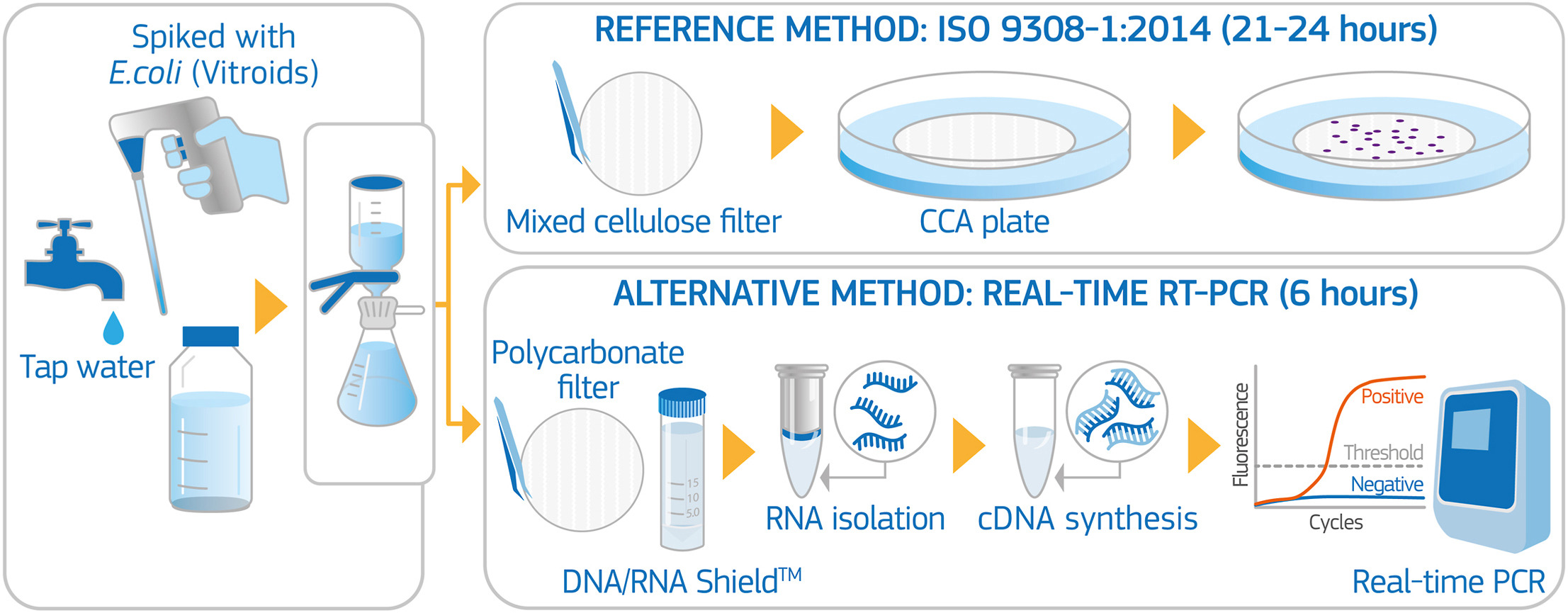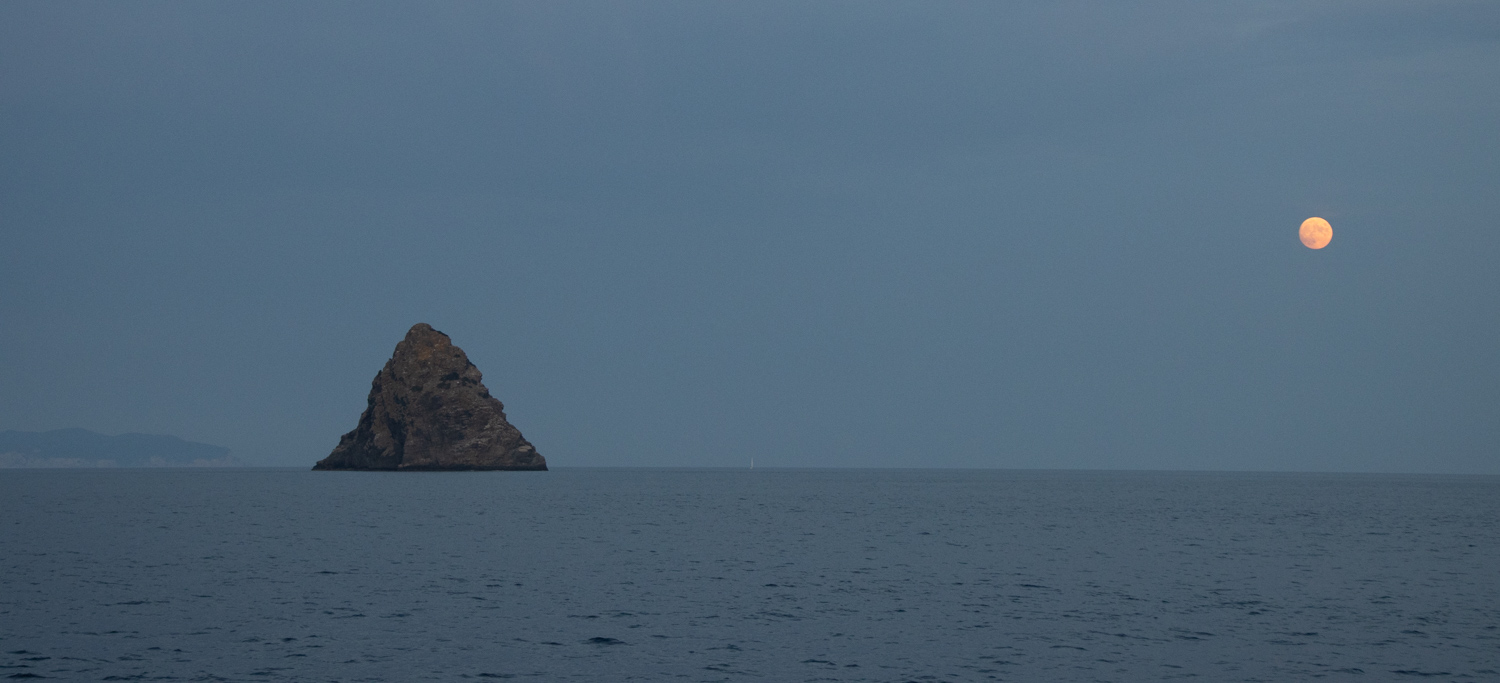Once upon a time, a marine biologist looked into a droplet of seawater and discovered viruses in it, and in quite large numbers. Of all the microorganisms that live in a single droplet of seawater, viruses are by far the most numerous – on average 10 to 20 times more abundant than bacteria.
Although these tiny biological entities have a bad reputation today, in the last 30 years we have come to realize that viruses are a dynamic and genetically diverse component of the marine microbial community. By their very existence, they control the population of microorganisms and regulate biogeochemical cycles in the ocean.
In the last 20 years, numerous studies have described the distribution and activity of viruses and their relationship with the picoplankton microbial community in the coastal and offshore areas of the Mediterranean Sea, but studies addressing the ecology of viruses in the Adriatic Sea are still rare. Therefore, scientists from the Institute, in collaboration with the University Department of Marine Studies at the University of Split, have studied the seasonal distribution of marine viruses in the open Adriatic.
Since virus populations are often non- linearly linked to biotic and abiotic parameters, neural gas analysis has proven to be an excellent tool for describing changes in the components of the microbial food web in the offshore Adriatic. Neural gas analysis is an artificial neural network or machine learning algorithm that mimics biological neural networks.
The results, published in the high-impact Journal of Marine Science and Engineering, show that the relationship between viruses and components of the microbial food web is best described by analyzing the nonlinear relationship between viruses and temperature. (Link to the study: https://www.mdpi.com/2077-1312/11/3/639)
The data are classified into four groups characterizing biological and ecological factors, and show cyclic changes described by different dynamics of viruses and microbial food web components in the surface layer of the sea. The algorithm showed that the number of virus populations in the open ocean fluctuates seasonally and in relation to the abundance of their main hosts, heterotrophic bacteria. In addition, the algorithm confirmed the association of viruses with the autotrophic part of the picoplankton, but also the significant impact of heterotrophic nanoflagellates as important bacterial predators.
Therefore, viruses have an important influence on microbial biomass being returned in dissolved form during warm summer months, potentially leading to a long-term reduction in microbial biomass in open seas and ultimately to fish shortages if the number of dry summer days increases due to climate change.




